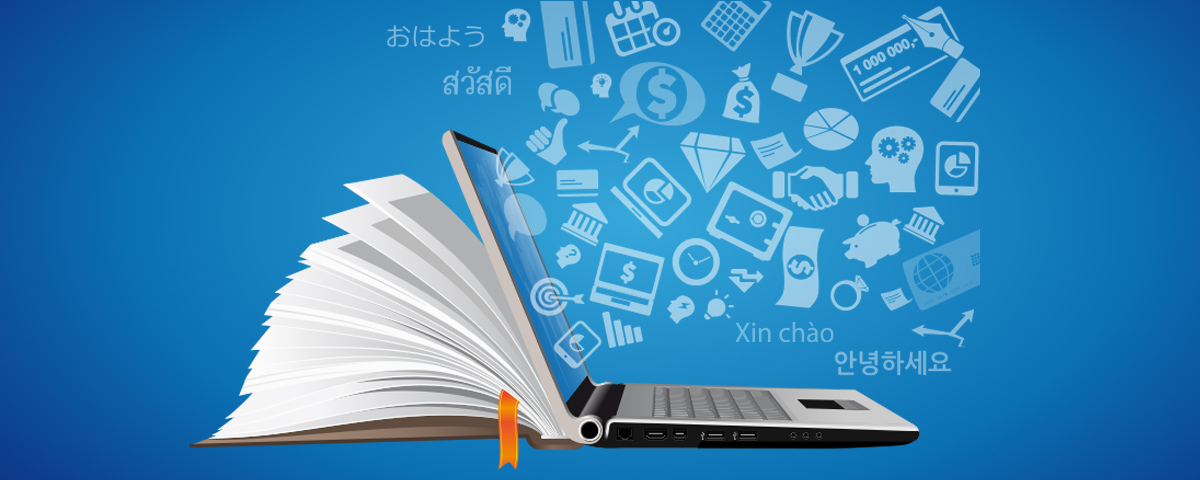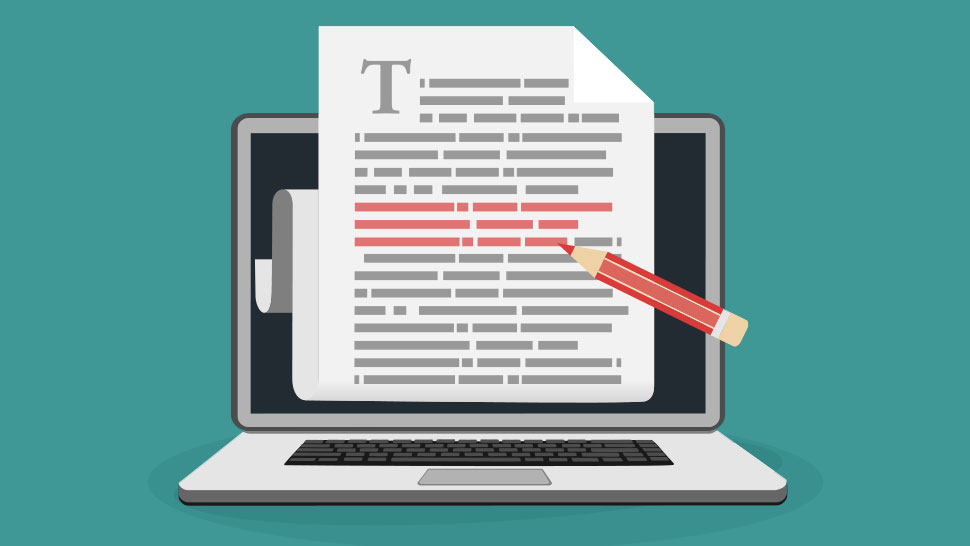What are the challenges of translating technical documents and terminology?
Translation is a complex and challenging process, especially when it comes to translating technical documents and terminology. Technical documents often contain specialized terminology, jargon, and complex concepts that require precise and accurate translation. The translation of technical documents is crucial in a variety of industries, including engineering, medicine, law, and finance. In this blog, we will explore the challenges of translating technical documents and terminology and the strategies that can be used to overcome them.

1.Understanding technical concepts
One of the biggest challenges in translating technical documents is understanding the technical concepts that are being discussed. Technical concepts often require specialized knowledge and expertise that may not be familiar to the translator. This can make it difficult for the translator to accurately convey the intended meaning of the source text.To overcome this challenge, it is important for the translator to have a deep understanding of the technical concepts being discussed. This may require research and consultation with subject matter experts. The translator should also be familiar with the target language and culture, as this can impact the way technical concepts are expressed.
2.Translating technical terminology
Technical documents often contain specialized terminology that is unique to a particular industry or field. This terminology may not have an equivalent in the target language, making it challenging to find an appropriate translation. In addition, the same term may have different meanings in different contexts, further complicating the translation process.

To overcome this challenge, it is important for the translator to have a deep understanding of the technical terminology being used. The translator should be familiar with industry-specific terminology and be able to use appropriate translation resources, such as specialized glossaries and dictionaries. The translator should also be able to consult with subject matter experts to ensure the accuracy of the translation.
3.Maintaining consistency
Maintaining consistency in technical translations is essential to ensure accuracy and avoid confusion. Technical documents often contain repetitive content, such as specifications, instructions, and diagrams, that require consistent translation. In addition, technical documents are often revised and updated, requiring changes to the translation.
To overcome this challenge, it is important to establish a clear and consistent translation process. This may involve the use of translation memories, which are databases that store previously translated content and can be used to ensure consistency in future translations. It may also involve the use of terminology management software, which can help to ensure consistency in the translation of technical terminology.
4.Formatting and layout
Technical documents often contain complex formatting and layout, such as tables, charts, and diagrams, that must be accurately translated. This can be challenging, as the formatting and layout may not be compatible with the target language.

To overcome this challenge, it is important for the translator to have a deep understanding of the target language and its formatting requirements. The translator should also have a good knowledge of software tools, such as desktop publishing software, which can be used to ensure the accurate translation of formatting and layout.
5.Meeting regulatory requirements
Technical documents often need to comply with regulatory requirements in the target market. This can include legal requirements, such as safety regulations, as well as linguistic requirements, such as language use and terminology.
To overcome this challenge, it is important for the translator to have a good knowledge of the regulatory requirements in the target market. The translator should also be able to consult with subject matter experts to ensure compliance with regulatory requirements.
In conclusion, the translation of technical documents and terminology is a complex and challenging process that requires specialized knowledge and expertise. Technical documents often contain specialized terminology, complex concepts, and formatting and layout requirements that must be accurately translated. To overcome these challenges, it is important for the translator to have a deep understanding of the technical concepts and terminology being used, as well as the target language and culture. The translator should also be able to use appropriate translation resources, establish a clear and consistent translation process, and ensure compliance with regulatory bodies.
Speakthylanguage is a language service provider working for more than 2 decades & offers professional translation services in 80 languages. Whether you need to translate a document, website, or video, Speakthylanguage has the expertise and resources to help you communicate effectively with your global audience.
In addition to translation services, Speakthylanguage also specializes in creating and managing multilingual websites. By translating your website content into multiple languages, you can reach customers from all over the world and provide them with a seamless online experience.
At Speakthylanguage, we are committed to delivering high-quality translations that are accurate, culturally appropriate, and tailored to your specific needs. Contact us today to learn more about our services and how we can assist you with your language needs.
Email us at: info@speakthylanguage.com




